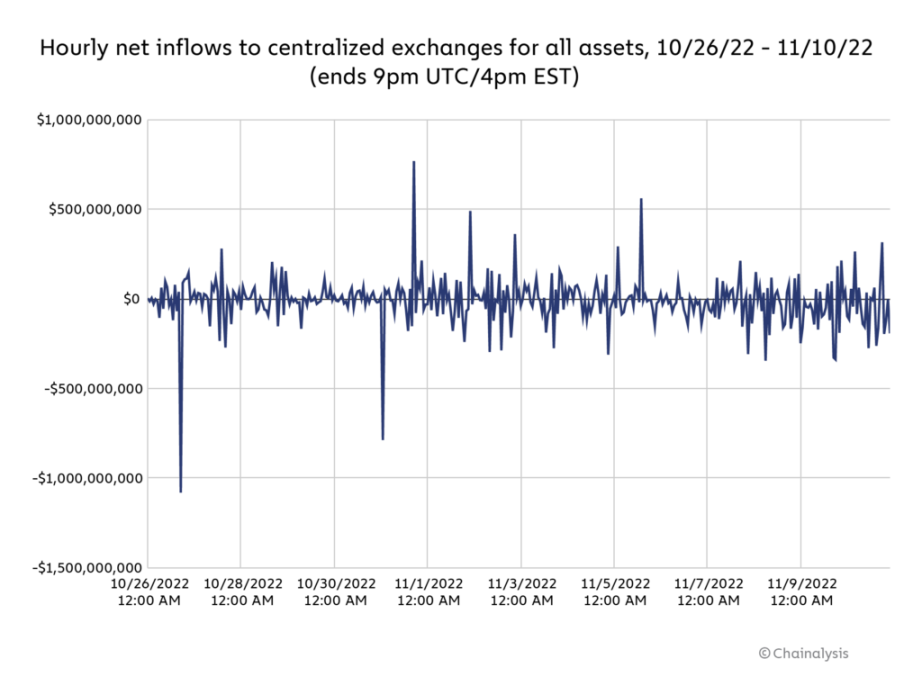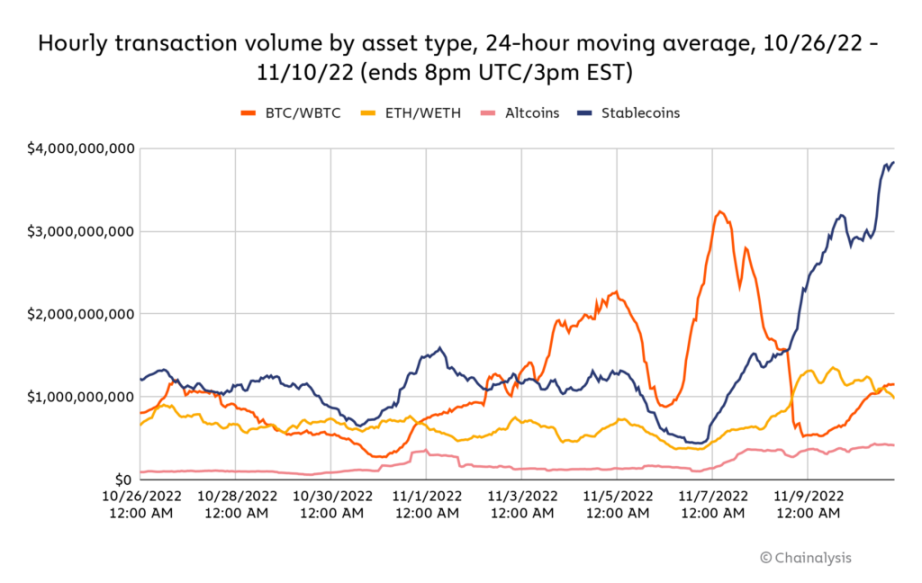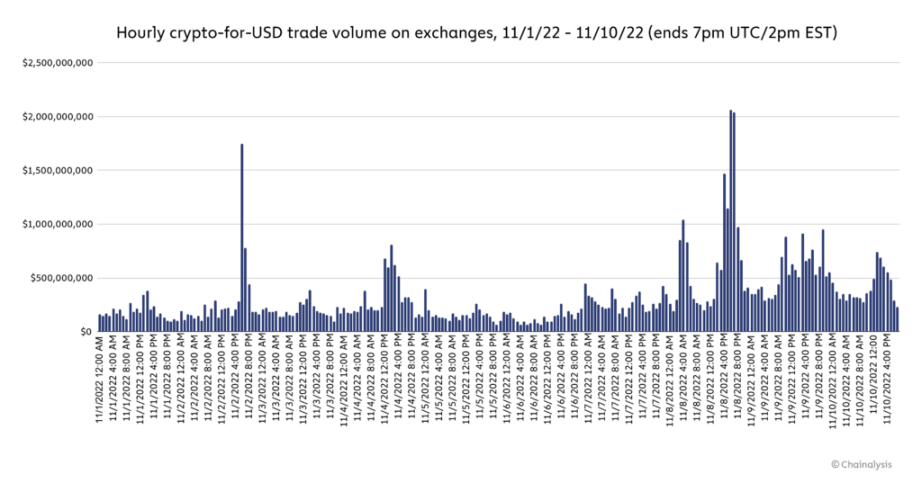From on-chain data analysis, how many investors cashed out after the FTX collapse?
Original: 《The State of Crypto Markets After An Extremely Hectic Week》,Chainalysis
Compiled by: aididiaojp.eth, Foresight News
This week has been the craziest week in crypto history. As one of the largest exchanges in the world, FTX's token FTT plummeted 84% in the past two days, and a pending acquisition agreement was also terminated yesterday afternoon. The FTX collapse triggered market panic, leading to a widespread decline in cryptocurrency prices: Bitcoin has dropped 14% since Monday, Ethereum has fallen 17%, and Solana has been particularly hard hit, down 43%, although all three have rebounded from their lows over the past three days.
The market is changing rapidly, and attempting to make any medium- or short-term predictions is meaningless, but in the long run, cryptocurrencies can withstand any storm. We need to look for new users in emerging markets who rely on crypto to preserve their savings and conduct daily business, to remind people of the global value of the industry. But for now, investors may feel panic and look for signs of market reactions beyond price. In light of this, we have compiled some charts based on on-chain data to outline our views on what is currently happening in the crypto world.
Stable Forex Inflows
Centralized exchanges are the primary venues for users to trade cryptocurrencies and convert them to cash, so when the market is highly volatile, investors transfer more funds to exchanges to profit from trading or exiting to fiat. However, so far, the net inflow to exchanges has not significantly increased, as shown in the chart below, which depicts hourly net inflows from October 26 to the present.
On November 7, inflows to exchanges began to rise slightly, coinciding with rumors on Twitter that other crypto companies would sell off large amounts of FTT, exacerbating fears about FTX's health, although there were also periods of net outflows. Overall, compared to previous days, forex inflows became unstable starting November 7, but the overall volatility remained limited. During times of increased volatility, we did not see the expected large influx of funds, let alone the extreme fluctuations we are currently witnessing.
Are Investors Turning to USD for Stability?
During times of turmoil and panic, we expect crypto users to hold stable fiat currencies to hedge against risk. Crypto users typically adopt one of two methods: trading stablecoins pegged to fiat currencies like the USD or fully liquidating and converting cryptocurrencies to fiat. Overall, cryptocurrency supporters may prefer to see the former rather than the latter; if investors switch to stablecoins, they are more likely to temporarily stabilize their holdings, and when they are ready to trade again, they can easily convert back to cryptocurrencies. However, if they convert to fiat, it may indicate an intention to stay away from cryptocurrencies for a longer period or even permanently.
The above chart shows the 24-hour rolling average trading volume by asset type from October 26 to the present. Stablecoin trading volume fluctuated in a similar manner before November 7. As FTX's situation continued to deteriorate, stablecoin trading volume surged sharply on the morning of November 10, reaching a high not seen in over two weeks. The data indicates that as the market became turbulent, many investors indeed began to hold more stablecoins.
But what about fiat holdings? For this, we must step outside the on-chain world, and data from exchange order books provided by Kaiko reveals:
As shown in the chart, the situation for fiat is similar to that of stablecoins, although the growth is less pronounced. Starting November 7, trading of cryptocurrencies against the USD steadily increased, followed by a significant spike on November 8, with trading peaking at 1 PM EST before gradually returning to near normal levels. While this pattern is roughly similar to what we see in stablecoin trading volume, holding fiat may more clearly indicate that users are planning to exit their cryptocurrency positions for the long term.
Ongoing Monitoring
The unexpected collapse of industry giants like FTX is a huge negative for cryptocurrencies, and the resulting market chaos will only exacerbate market volatility. However, cryptocurrencies have survived previous such events, becoming stronger and continuing to reach new highs. We expect asset prices to eventually recover, and cryptocurrencies to resume growth. But for now, we will continue to monitor new developments in the market and potential clues for the future.













